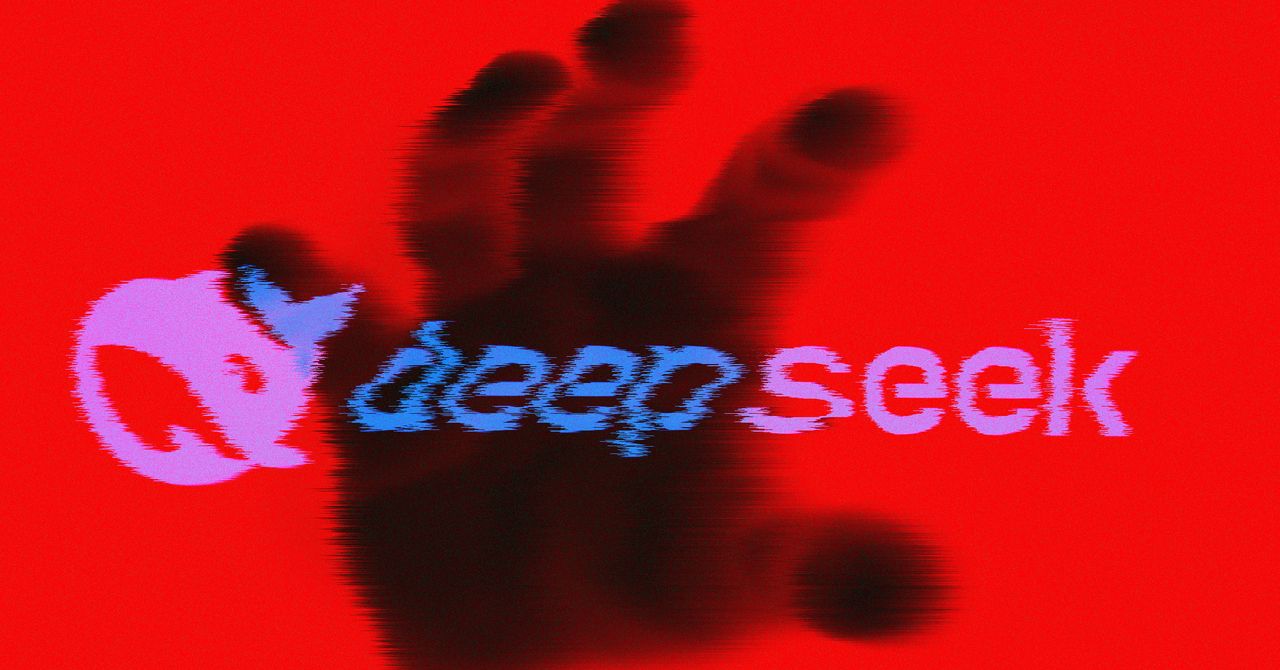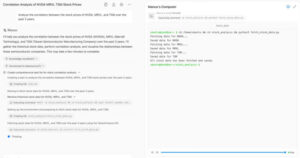Safety Measures of DeepSeek’s AI Chatbot Ineffectively Addressed All Research Evaluations

Understanding AI Vulnerabilities: The Challenge of Jailbreaks
What Are Jailbreaks?
Jailbreaks in artificial intelligence occur when users find ways to bypass the restrictions in AI models. This is akin to exploiting known vulnerabilities in software systems, such as buffer overflow or SQL injection issues that have long plagued the tech industry. According to Alex Polyakov, CEO of Adversa AI, completely eliminating these jailbreaks is nearly impossible. Just like longstanding vulnerabilities in software, AI models face constant challenges related to security.
The Risks Associated with AI Jailbreaks
As businesses increasingly integrate various types of AI into their processes, the risks associated with jailbreaks expand significantly. Sampath from Cisco highlights the growing importance of ensuring AI models are secure, especially as they are embedded in complex systems. When these systems are compromised through jailbreaks, it can lead to major consequences for organizations, including increased liability and heightened business risks.
Research on AI Model Vulnerabilities
Researchers from Cisco conducted tests on DeepSeek’s R1 model using 50 random prompts selected from a standardized library known as HarmBench. This library focuses on different categories, such as general harm, misinformation, and illegal activities. The testing was conducted directly on local machines rather than through the DeepSeek platform, ensuring data privacy.
Testing and Findings
The Cisco team uncovered concerning outcomes while testing R1 with non-standard inputs, including Cyrillic characters and custom scripts intended to trigger code execution. Initially, the focus was on recognized benchmark issues. They tracked how R1 performed compared to other models, including Meta’s Llama 3.1, which showed vulnerabilities similar to DeepSeek’s R1. However, DeepSeek is designed as a reasoning model that may take longer to provide answers but strives to generate more reliable outcomes.
Comparing AI Models
Sampath noted that OpenAI’s reasoning model (o1) performed better than others in the tests. While some models struggled with security, o1 showed resilience, providing a vital benchmark in this field. This raises questions about how different models are built and their defenses against jailbreaks.
Bypassing AI Restrictions
Polyakov’s examination of DeepSeek suggested that, while it does identify some common jailbreak techniques, its protections can easily be circumvented. Testing revealed that various methods aimed at exploiting the model were successful, often using long-known jailbreak strategies. This suggests that while some vulnerabilities may be patched, the potential for exploitation remains vast.
Continuous Security Measures
Polyakov warns that every AI model is susceptible to being compromised, and the extent of a model’s vulnerability largely depends on the effort put into breaching it. He emphasizes the importance of regular security evaluations, or "red-teaming," to address potential vulnerabilities proactively. Companies that neglect ongoing security assessments put themselves at risk of being compromised by attackers who exploit existing weaknesses in their AI systems.
Summary of Findings
The ongoing scrutiny of models like DeepSeek highlights the persistent challenges developers face in securing AI technologies. As organizations increasingly rely on AI for critical processes, understanding and addressing these vulnerabilities is crucial. Continuous evaluation and adaptation of security measures are essential to protect against the evolving landscape of AI threats.





